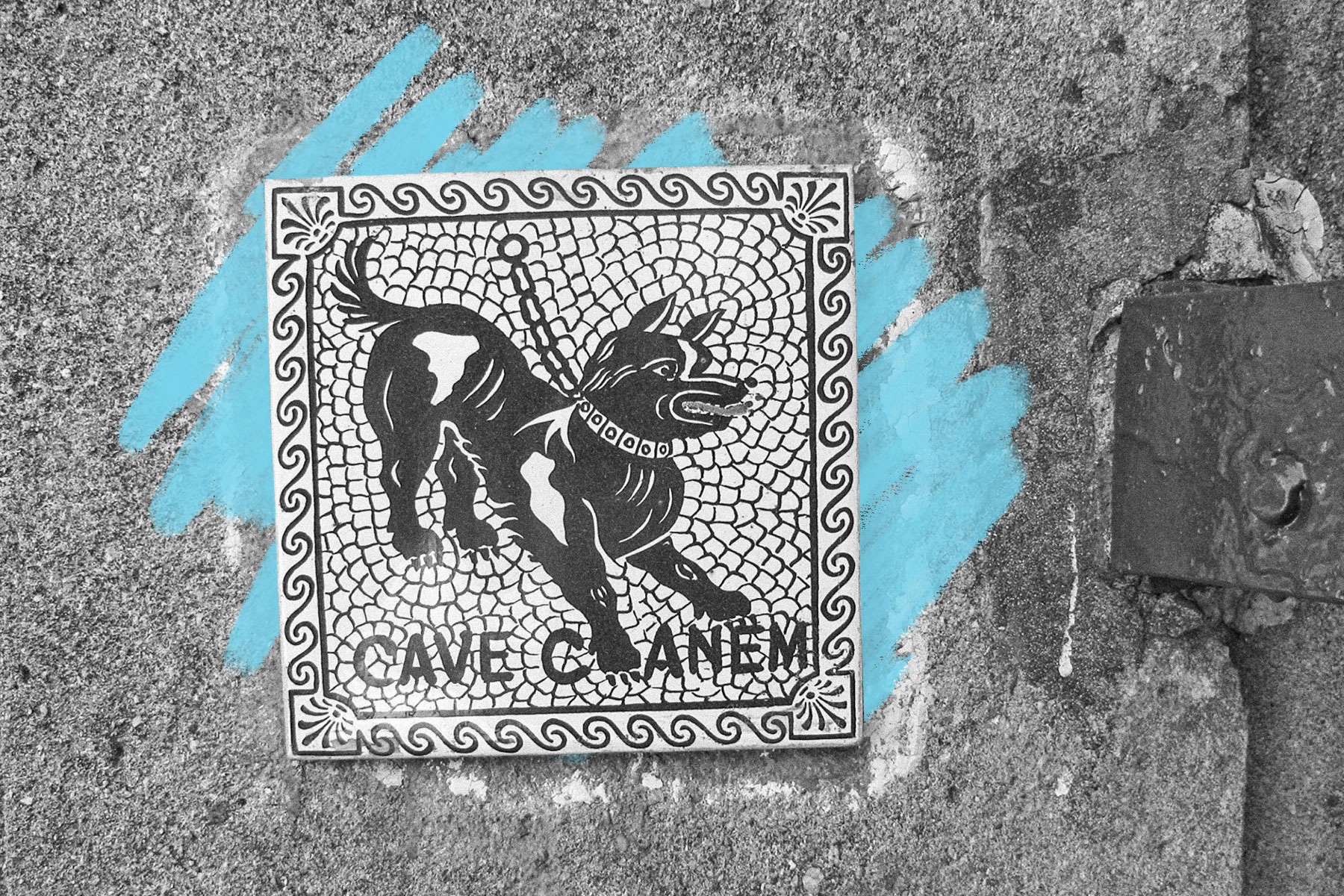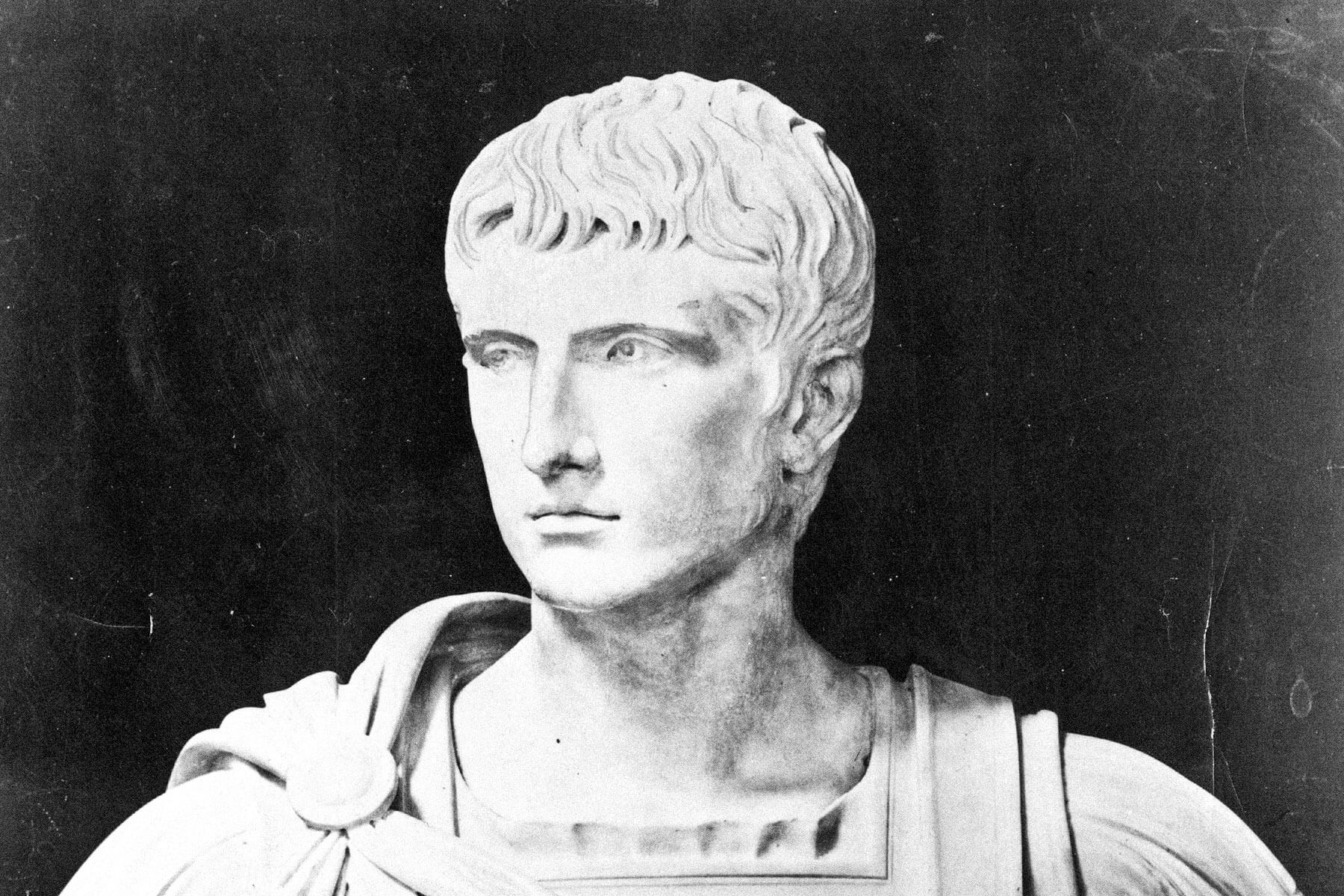Most cities are spoken of in the present tense, but then most cities aren't synonymous with disaster. |
| |
| |
|
 |
|
| M ost cities are spoken of in the present tense, but then most cities aren't synonymous with disaster. And while few details about Pompeii and its destruction following Mount Vesuvius' eruption in 79 CE are anything less than tragic, there are exceptions — such as the fact that a mosaic reading "Cave Canem," or "Beware of the dog," was uncovered in the ancient city. In addition to the text, the mosaic features a very well-preserved engraving of the guard pup in question. The warning was found at what's now called the House of the Tragic Poet, also known as both the Iliadic House and the Homeric House, which is famous for the detailed portrayals of Greek mythology found on its frescoes and floors. |
|
|
| Despite the dwelling's name, no one knows who lived there; the moniker is a reference to one of the mythological scenes depicted on its walls. The house was discovered by archaeologist Antonio Bonucci in 1824 and, due to its fanciful artwork, has become one of the excavated city's most sought-after destinations for visitors and historians alike. Mount Vesuvius has erupted many times throughout its destructive history, but no eruption has stayed in the collective imagination quite like the fateful one that destroyed Pompeii — it's not often that an entire city and the surrounding area are buried and preserved in volcanic ash. |
|
 |  |
|
|
 |
|
| |
|
| Rotten Tomatoes score of the 2014 film Pompeii | | | 27% |
| | | The last year Mount Vesuvius erupted | | | 1944 |
| | | The last year Mount Vesuvius erupted | | | 1944 |
|
|
|
| Visitors to Pompeii every year | | | 2.5 million |
| | | Estimated population of Pompeii in 79 CE | | | 12,000 |
| | | Estimated population of Pompeii in 79 CE | | | 12,000 |
|
|
|
 |
|
 | | Did you know? |
|
|
Pompeii wasn't the only city destroyed by the eruption. |
|
| There was also the nearby town of Herculaneum, named for the mythical hero Hercules, which was smaller and wealthier than its more famous counterpart. It was discovered decades earlier: Herculaneum was found by accident in 1709 when a worker drilled into the ground to build a well, whereas Pompeii wasn't discovered until 1748 and was identified in 1763. Herculaneum, which had a population roughly half the size of Pompeii's, has proved more difficult to excavate. As a result, only a fraction of it has actually been uncovered, and efforts are focused on preserving what's been found rather than uncovering the rest of it. |
|



















0 comments:
Post a Comment